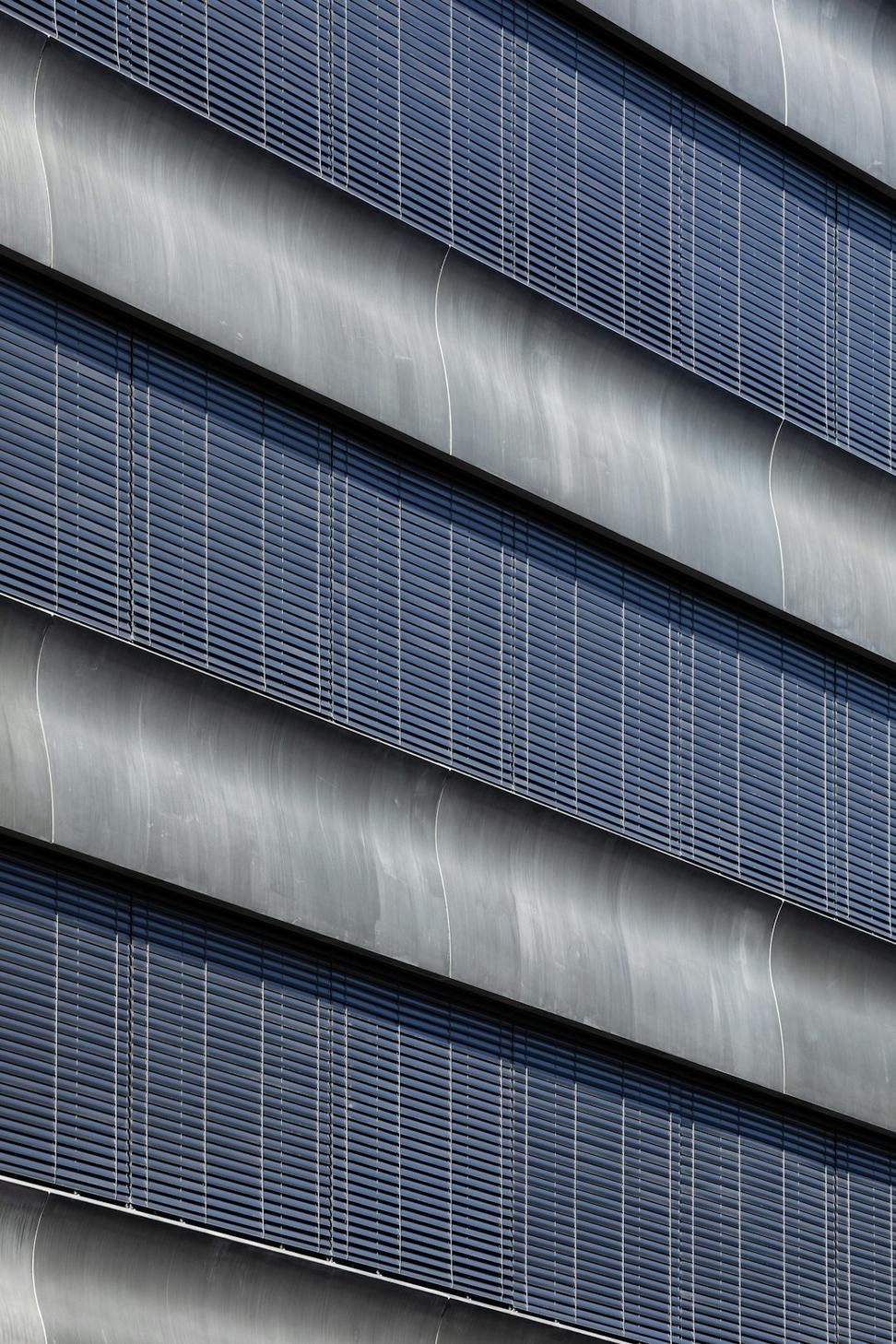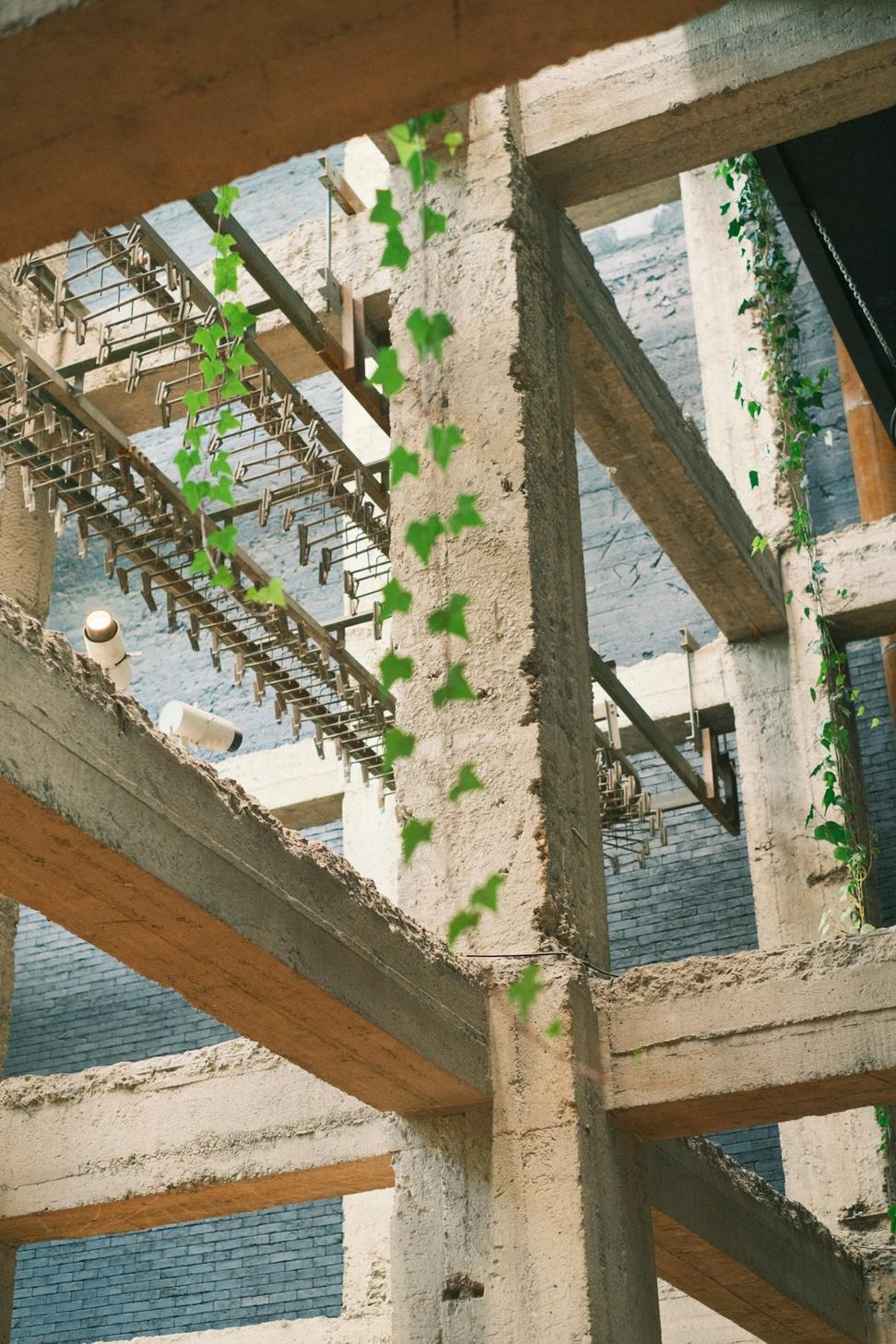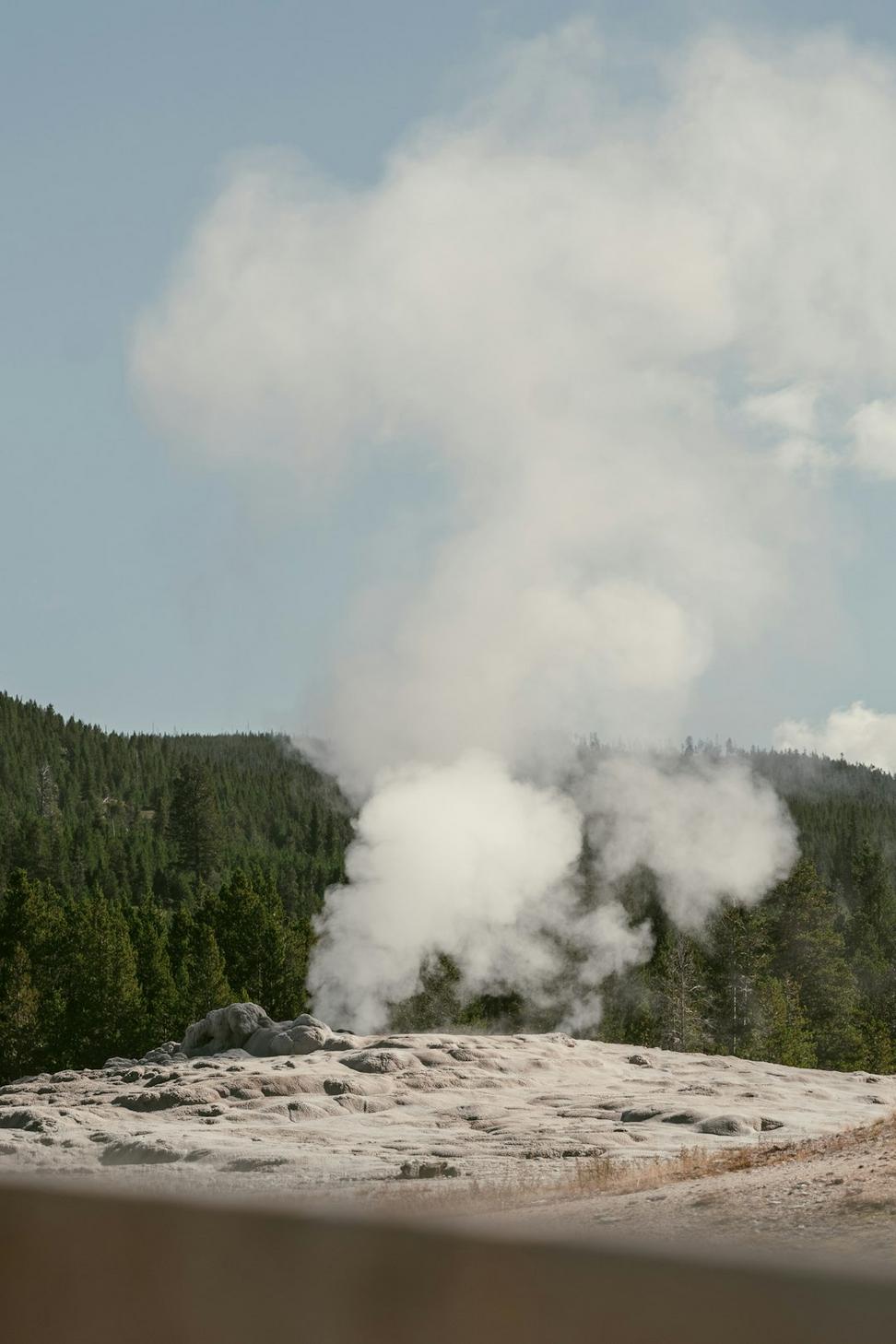
Building Tomorrow, Responsibly
We're not just designing buildings - we're shaping a sustainable future, one project at a time
Look, we've been in this game long enough to know that "green building" isn't just some trendy marketing term anymore. It's actually the smart way to design - both for your wallet and the planet. We started focusing heavily on sustainable practices back in 2018, and honestly? There's no going back.
Every project we take on now, we're thinking about energy efficiency, material sourcing, and long-term environmental impact from day one. Not because we have to, but because it just makes sense. Buildings account for nearly 40% of global carbon emissions - that's huge, and we can actually do something about it.
Our approach isn't about slapping some solar panels on a roof and calling it a day. We're talking passive design strategies, locally-sourced materials, smart building systems, and creating spaces that'll perform well for decades, not just years.

LEED Certified Projects
Avg. Energy Reduction
Water Use Reduction
Construction Waste Diverted
Our team includes multiple LEED APs who've been through the certification process dozens of times. We know the ins and outs, the shortcuts, and honestly, how to make it less painful for everyone involved.
We've completed training in Passive House design principles - one of the most rigorous energy efficiency standards out there. It's intense, but the results speak for themselves in heating and cooling cost savings.
Active members of the Canada Green Building Council since 2017. We stay plugged into the latest research, standards updates, and industry developments so you don't have to.

We position buildings to maximize natural light and heat in winter, minimize it in summer. Sounds simple, but you'd be surprised how often this gets overlooked. It can cut your HVAC needs by up to 30%.
We source materials locally when possible, prioritize recycled content, and choose products with environmental product declarations. Also, we're big on using reclaimed materials - they've got character and a smaller carbon footprint.
The building envelope is where most energy loss happens. We spec proper insulation, air barriers, and high-quality windows that'll actually perform as rated. This stuff matters way more than most people think.
Solar panels, geothermal systems, heat recovery ventilators - we integrate these from the design phase, not as afterthoughts. That way they're optimized and actually work with the building's design.
Upfront? Sometimes yeah, maybe 2-5% more on average. But we've had clients recoup that within 3-5 years through energy savings. Plus, green buildings tend to have higher resale values and lower operating costs. It's an investment, not just an expense.
Depends on your goals. For commercial projects, it often makes sense - better tenant rates, marketing value, tax incentives. For residential, sometimes the practices matter more than the plaque. We help you figure out what makes sense for your specific situation.
Honestly? Building envelope and HVAC systems. Get those right and you're 80% of the way there. Everything else is fine-tuning. We focus our efforts where they'll actually move the needle on your energy bills and carbon footprint.
We study sun paths, wind patterns, local climate data - basically everything that'll affect your building's performance. This informs every decision moving forward.
We run computer simulations to predict energy use and test different design options. It's like a crystal ball for utility bills - helps us optimize before anything's built.
Every material gets scrutinized for embodied carbon, VOC content, durability, and sourcing. We maintain relationships with suppliers who share our values.
After completion, we can help set up monitoring systems to track actual performance. Data doesn't lie, and it helps us keep improving our approach.
Let's talk about how sustainable design can work for your project - no greenwashing, just practical solutions that'll save you money and reduce your impact.